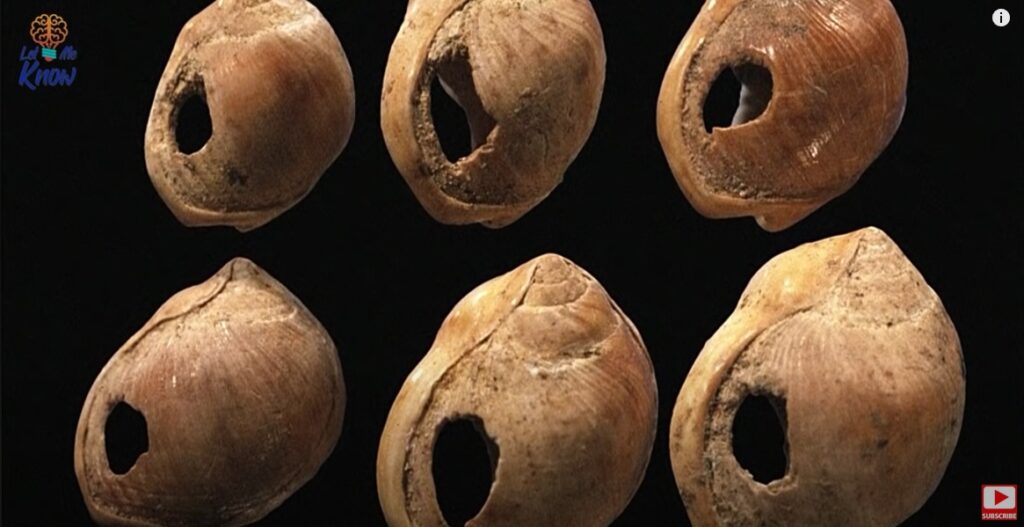
Jewelry has been a part of human culture for thousands of years, with evidence of jewelry dating back to ancient times. Some of the oldest known examples of jewelry were made from natural materials such as shells, bones, and teeth. However, the oldest jewelry ever found is believed to be the beads discovered at the Blombos Cave in South Africa.
The Blombos Cave is an archaeological site located on the southern coast of South Africa. The site was first discovered in 1991 and has since yielded a wealth of artifacts and evidence of human habitation. The cave is believed to have been inhabited by early humans approximately 70,000 years ago, during the Middle Stone Age.
In 2004, archaeologists working at the Blombos Cave made a remarkable discovery. They found a set of 41 small beads made from Nassarius kraussianus shells. The beads were dated to approximately 75,000 years ago, making them the oldest known examples of jewelry in the world.
The beads are small, measuring only a few millimeters in length, but they are intricately crafted. They were made using a process known as microdrilling, which involves drilling tiny holes into the shells using a pointed tool made from stone or bone. Once the holes were drilled, the shells were strung together to create a necklace or bracelet.
The discovery of the Blombos beads is significant for a number of reasons. First, it provides evidence that early humans were capable of complex symbolic behavior, including the creation of decorative items such as jewelry. It also suggests that early humans had a sense of aesthetic and may have worn jewelry for personal adornment.
In addition to the Blombos beads, other examples of ancient jewelry have been found around the world. For example, the ancient Egyptians are known for their elaborate jewelry designs, which often featured precious metals and stones. The tomb of Tutankhamun, which was discovered in 1922, contained a wealth of jewelry, including a golden mask and a bejeweled collar.
The ancient Greeks also produced a wide range of jewelry, including intricate gold earrings, bracelets, and necklaces. Many of these pieces were decorated with scenes from mythology and were worn as symbols of wealth and status.
During the Roman Empire, jewelry became even more ornate and elaborate. The Romans used a variety of precious and semi-precious stones, including emeralds, sapphires, and rubies, to create intricate designs that were often worn by the wealthy and powerful.
Despite the age of the Blombos beads, they are relatively simple in design when compared to the elaborate jewelry produced by later civilizations. However, they represent an important milestone in the evolution of human culture and demonstrate the early human’s capacity for creativity and self-expression.
In conclusion, the oldest known jewelry ever found are the 41 small beads made from Nassarius kraussianus shells discovered at the Blombos Cave in South Africa. These beads are believed to be approximately 75,000 years old and were created using a process known as microdrilling. The discovery of the Blombos beads provides valuable insight into the creative and symbolic abilities of early humans and underscores the importance of jewelry in human culture throughout history.